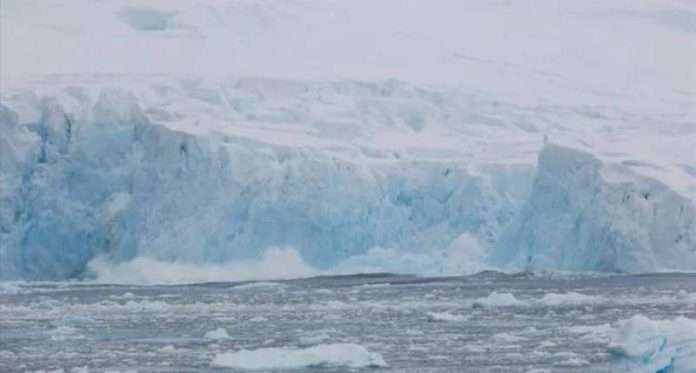A recent study warns that climate change could lead to the occurrence of giant tsunamis in the Southern Ocean due to underwater landslides in Antarctica. Scientists have examined sediment cores from Antarctica’s sea floor and discovered evidence of massive tsunamis that occurred between 3 million and 15 million years ago during previous periods of global warming, reports Al-Rai Daily.
The warming temperatures caused the formation of loose sediment layers that eventually slid and generated tsunamis reaching the shores of South America, New Zealand, and Southeast Asia.
With ongoing climate change and ocean warming, there is a concern that these tsunamis could be unleashed again. The study highlights the urgent need to understand how global climate change affects the stability of these regions and the potential for future tsunamis. In 2017, scientists initially found evidence of ancient landslides off Antarctica in the eastern Ross Sea. The sediment cores extracted from the sea floor in 2018 revealed weak sediment layers formed during warm periods, such as the Pliocene and the Miocene climate, when the waters around Antarctica were significantly warmer.
During these warm eras, algal blooms occurred, filling the sea floor with rich, slippery sediment, making the region susceptible to landslides. Subsequent cold climates and ice ages led to the covering of these slippery layers with thick layers of coarse gravel carried by glaciers and icebergs.
However, the same vulnerable sediment layers still exist on the outer continental shelf, potentially increasing the likelihood of future landslides. The study acknowledges the need to determine whether the triggering factors for such events still persist.

















